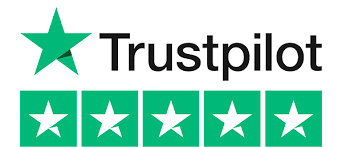FIRE CLASSIFICATION UK
SOME OF THE PRODUCTS BLEND SUPPLIES
Fire safety in buildings is one of the basic requirements for construction products in the EU Construction Products Regulation, CPR.
Fire safety in buildings primarily concerns personal safety, but also includes the protection of material values.
Consequently, the main design requirement from a personal safety perspective is that buildings are constructed and configured to ensure that people can get to safety and the emergency services have the capacity to respond in the event of a fire.
The requirements for the fire rated materials used and the structures are determined by the building use, size, fire load and operation. Fire safety requirements in the national building regulations are often based on fire development (standard fire curve).
CLASS A1 FIRE CLASSIFICATION
The Class A1 is non-combustible and the requirement level and cannot be combined with any additional class.
CLASS A2 FIRE CLASSIFICATION
The Class A1 is non-combustible and the requirement level and cannot be combined with any additional class.
CLASS B – D FIRE CLASSIFICATION
The Class B to D there are additional classes for smoke development s1, s2 or s3, and the amount of burning droplets emitted d0, d1 or d3 (e.g. A2-s1, d0)
CLASS E FIRE CLASSIFICATION
The Class E has additional class d2.
FIRE CLASSIFICATION OF BUILDINGS
At the beginning of a construction project, during the planning phase, the designer must determine the operational and building technical class that the building must comply with. In many cases there is no alternative, but sometimes you can choose from multiple classes.
BLEND’S FIRE CLASSIFICATION PRODUCTS
CLADDING FIRE CLASSIFICATIONS:
- Perennial: Class B
- Colonial: Class B
DECKING FIRE CLASSIFICATIONS:
- Hallmark: Class C
- Vintage: Class C
- Harmony: Class B
- PyroDeck: Class B

| Euro class | Example |
|---|---|
| A1, A2 | Stone wool, gypsum board |
| B | Painted gypsum board |
| C | Gypsum board with paper-based wallpaper |
| E | Fire-retardant EPS |
| F | Non-tested materials, EPS |
Additional classes for smoke development
- s1 the structural element may emit a very limited amount of combustion gases
- s2 the structural element may emit a limited amount of combustion gases
- s3 no requirement for restricted production of of combustion gases
Additional classes for smoke development
- s1 the structural element may emit a very limited amount of combustion gases
- s2 the structural element may emit a limited amount of combustion gases
- s3 no requirement for restricted production of of combustion gases
Note: This information is intended for builders and architects and is a guideline only. Please contact your planning officer and/or your fire officer before proceeding with your project.

